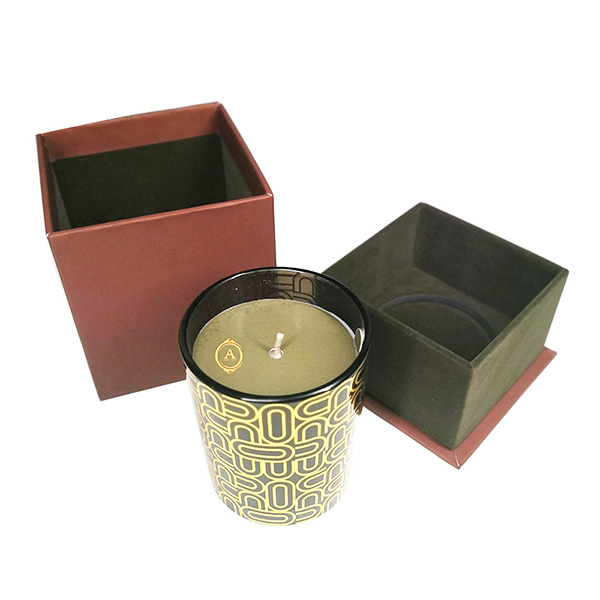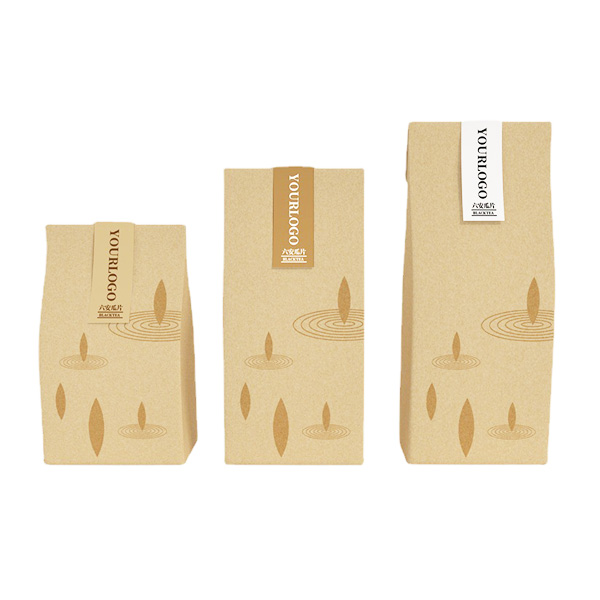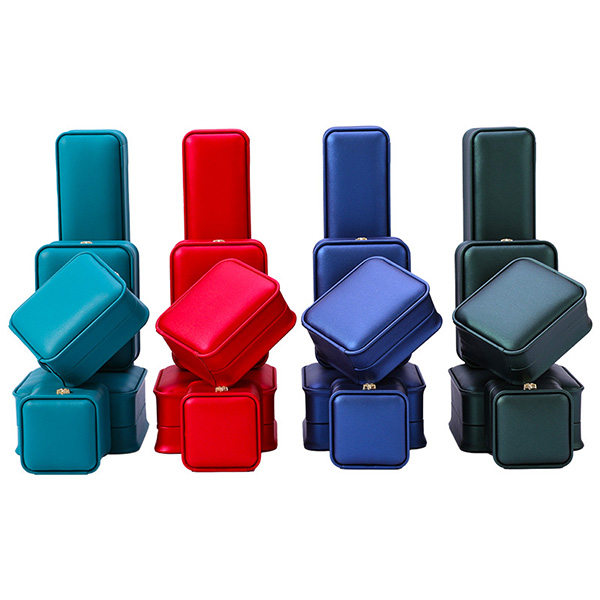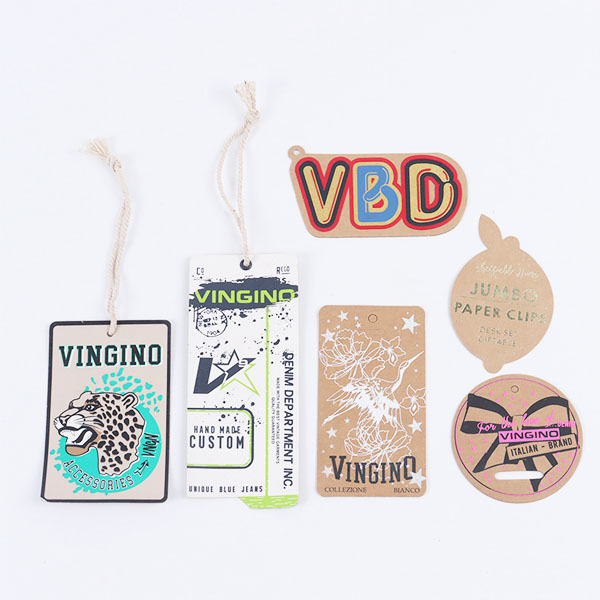
- Xinheng Blvd,Taizhou,Zhejiang,CHINA
- [email protected]
- +8613065722186
- Home
- Product
- Brochure Printing
- Catalog Printing Brochures Printing FSC Facotry Free Samples
Catalog Printing Brochures Printing FSC Facotry Free Samples


Catalog printing involves creating and producing printed materials that showcase a range of products, services, or offerings provided by a business or organization. Catalogs are comprehensive collections of information, often presented in a structured and organized format, with the aim of helping customers make informed purchasing decisions.
Catalog printing is commonly used by retailers, manufacturers, wholesalers, and service providers to showcase a wide range of products or services to potential customers. It allows customers to browse through options at their leisure and serves as a valuable marketing tool to drive sales and engagement.
Catalog printing is used in various business contexts to showcase products, services, and offerings to potential customers.Catalogs are versatile marketing tools that provide a tangible way for customers to explore a business’s offerings. They can be distributed through mail, included in packages, displayed at trade shows, or made available for download online.
Custom Options
We’re an environmentally conscious manufacturer that also offer other eco-friendly options such as recycled paper, vegetable-based inks, and water-based coatings and etc FSC-certified materials for the custom boxes.
We would offer a wide range of customization options to meet the unique needs of different businesses. This could include various box sizes, shapes, colors, printing options, and finishes.
We can provide free design service if your purchase quantity in regards to the custom packaging boxes reach to a certain amount.
We offer high-quality printing techniques, such as offset printing or digital printing, to ensure that your branding and graphics are reproduced accurately on the custom packaging boxes.
We value every client that can offer prototyping services, allowing you to see and feel a physical sample of your custom packaging boxes before placing a larger order.
What do people care about most for catalog printing?
When it comes to catalog printing, people typically care about several key aspects that contribute to the overall effectiveness and appeal of the catalog. Here are some of the most important factors that people tend to prioritize on catalog printing.
Quality of Images: High-quality images of products are essential in a catalog. Clear, detailed, and well-lit images allow customers to see the products accurately, making it easier for them to make purchasing decisions.
Design and Layout: An appealing and organized design is crucial. The layout should be visually appealing, easy to navigate, and logically organized with clear headings and categories.
Product Information: Accurate and comprehensive product information is vital. Customers want to know details such as product features, specifications, sizes, colors, materials, and pricing.
Product Categorization: A clear categorization system helps customers find products quickly. If the catalog is easy to navigate, customers are more likely to continue browsing.
Consistent Branding: The catalog’s design should be consistent with the brand’s visual identity, including the use of logos, fonts, colors, and other branding elements.
Paper Quality: The quality of the paper used for printing impacts the overall look and feel of the catalog. High-quality paper lends a more professional and luxurious impression.
Binding and Durability: The chosen binding method affects how well the catalog holds together over time. Sturdy binding ensures that pages remain intact, even with frequent use.
Size and Dimensions: The size of the catalog matters. It should be convenient for customers to hold and flip through, whether it’s a compact booklet or a larger format.
Ease of Ordering: If the catalog is meant to drive sales, it should provide clear instructions on how to order products. This might include order forms, contact information, and online ordering details.
Customer Engagement: Including interactive elements like QR codes, augmented reality features, or links to online content can enhance customer engagement.
Product Variety: A diverse range of products appeals to a broader audience. Offering various options increases the chances of appealing to different customer preferences.
Accessibility: If the catalog is distributed online or digitally, ensuring it’s accessible on various devices and screen sizes is important.
Pricing Transparency: Customers appreciate having pricing information readily available. Clear pricing helps them assess whether the products fit within their budget.
Availability: If products are out of stock or discontinued, this information should be updated in the catalog to avoid customer frustration.
Inspiration and Ideas: In addition to product details, catalogs can provide inspiration and ideas on how to use the products in different contexts.
Personalization: Some customers value catalogs that are personalized based on their preferences or past purchases.
Ultimately, a successful catalog printing strikes a balance between visual appeal, informative content, and user-friendliness. It should provide a seamless experience that guides customers toward making purchases while reflecting the brand’s identity and values.
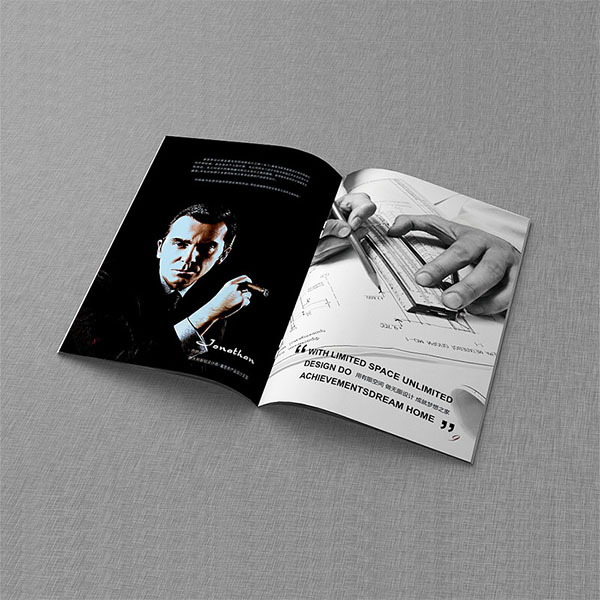
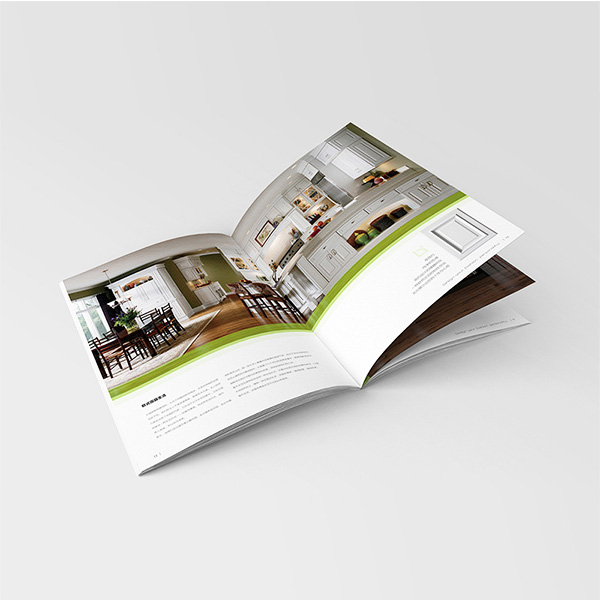
What are the key aspects of catalog printing?
Content and Layout Design: Catalogs typically include detailed product descriptions, specifications, images, and pricing information. The content is laid out in a clear and organized manner, often using a combination of text and visuals to make it easy for customers to browse through the offerings.
Product Categorization: Products or services are often categorized into sections or categories to help customers quickly navigate to the items that interest them. This categorization can be based on product type, function, size, color, or any other relevant criteria.
Visual Presentation: High-quality images and graphics are an essential part of catalogs. Clear, appealing images help customers visualize the products and understand their features. Some catalogs also include lifestyle images to demonstrate how products can be used in real-life situations.
Product Details: Each product listing typically includes detailed information such as product names, descriptions, specifications, sizes, colors, available options, and pricing details. This information helps customers understand the products and make informed decisions.
Ordering Information: Catalogs often provide information on how customers can place orders. This can include contact details, order forms, online ordering instructions, and any special offers or promotions.
Design and Branding: Catalogs are designed to align with a business’s branding and visual identity. Consistent use of colors, fonts, logos, and other design elements reinforces brand recognition.
Printing and Production: Catalogs can be printed using various printing methods, such as offset printing or digital printing. The choice of printing method depends on factors like budget, quantity, and desired quality. High-quality paper is typically used to enhance the overall look and feel of the catalog.
Binding and Finishing: Catalogs are often bound using methods such as saddle stitching (staples along the spine), perfect binding (glued spine), or spiral binding (coiled wire or plastic). The choice of binding method depends on the number of pages and the durability required.
Distribution: Once printed and bound, catalogs are distributed to customers through various channels. This could include mailing them directly to customers, distributing them at trade shows or events, placing them in retail stores, or making them available for download on a company’s website.
Updates and Reprints: Depending on the frequency of product changes or updates, catalogs may need to be reprinted periodically to reflect the latest offerings and information.
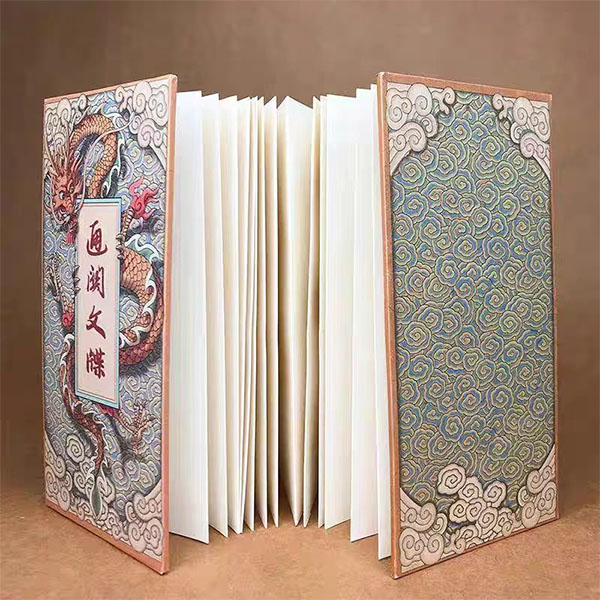
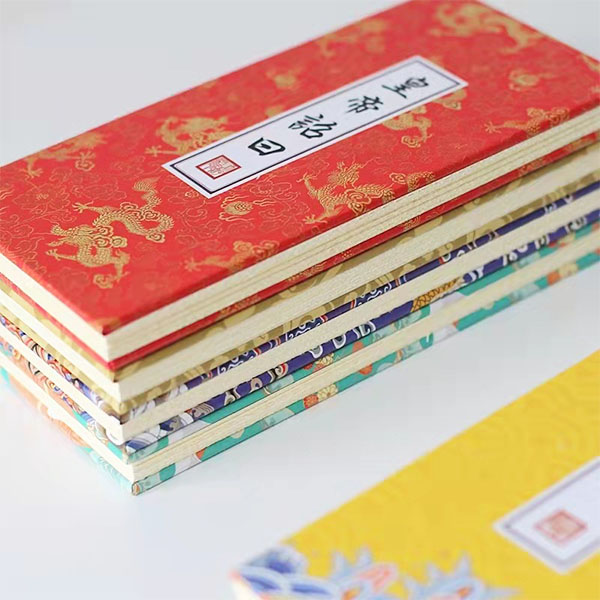
Taizhou Hongze Packaging Co.,Ltd is a leading and professional manufacturer for custom packagings,which was certified by FSC.We can be your trustworthy and reliable business partner.
©2025 Hongze Packaging All Rights Reserved.

